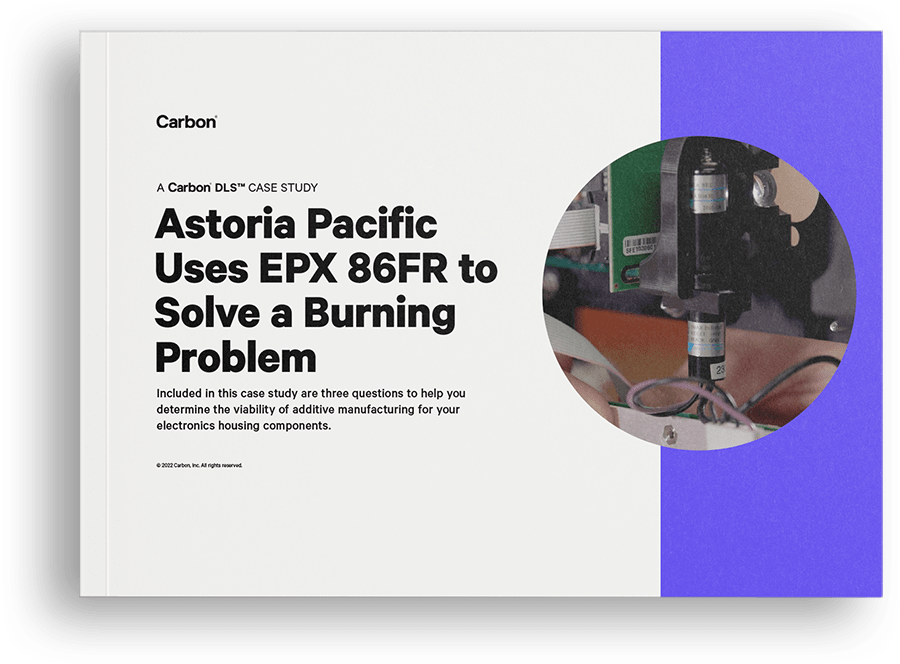EPX 86FR a Solve to a Burning Problem
Astoria-Pacific International is a developer of wet chemistry analyzers for several markets including clinical, wine, beer, industrial, food, pharmaceutical, and environmental testing laboratories.
Whitney Menzel, a senior engineer at API, has worked for Astoria Pacific for 14 years, and leads the design team developing new tools as well as ensuring that their legacy equipment can continue functioning in the field. 3D printing has become key to their success.
One analyzer that Astoria-Pacific has been providing to medical labs for many years, is an analyzer that performs neonatal blood analysis for certain deficiencies and diseases, such as galactosemia, a rare but potentially deadly disease for newborns.
A key part in the blood analyzer is the fluorometer, which uses UV light to analyze the contents of samples. This device is extremely sensitive to light and can detect individual photons. Continuing to manufacture the housing for the fluorometer with traditional methods was no longer an option after Whitney saw his lead times become so volatile and unpredictable.
Facing extreme challenges with traditional manufacturing methods and supply chain issues, Whitney and API turned to additive manufacturing and EPX 86FR to deliver critical UL 94 V-0, high-performance components on time.
Find out how Astoria Pacific utilized EPX 86FR to solve a burning problem
Included in this case study are three questions to help you determine the viability of additive manufacturing for your electronics housing components.

3D as It’s Meant to Be
Interested in utilizing Carbon to accelerate product development?
Reach out to us at sales@carbon3d.com to learn more!